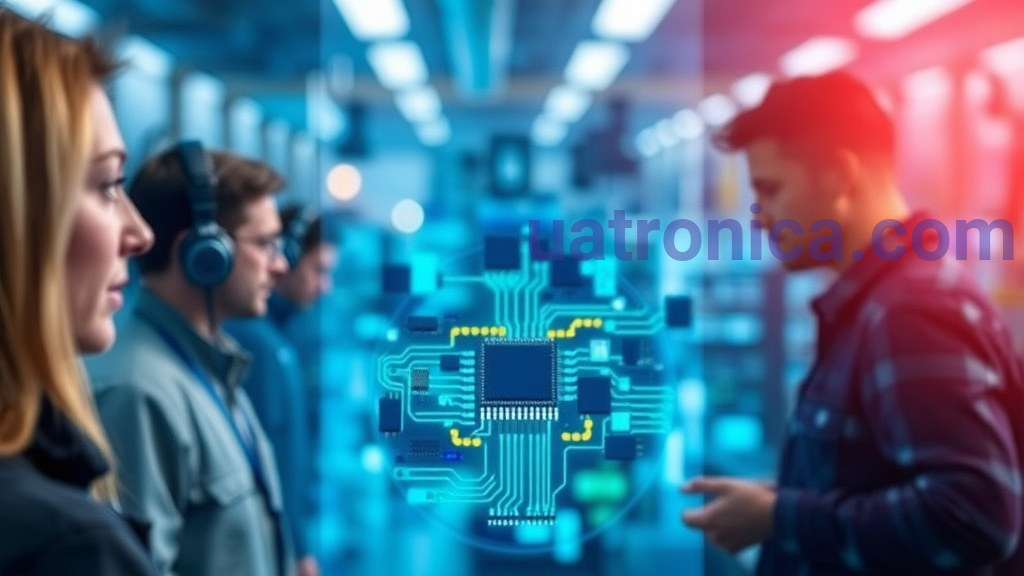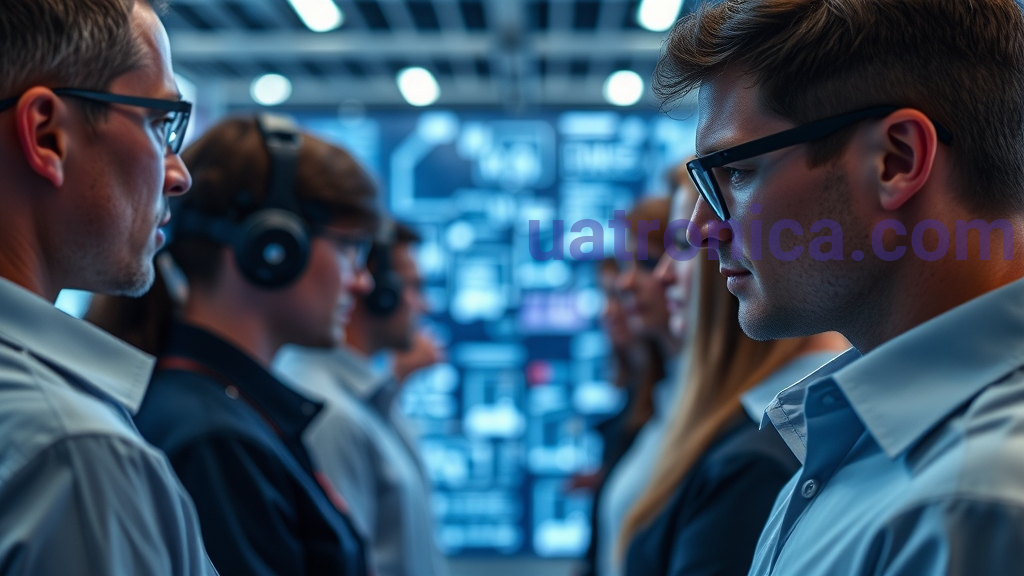Electronics Without Limits: 10 Popular Science Solutions That Will Change Your Reality and View of Technology
The world of electronics is constantly changing, because innovations in electronics Every day opens up new perspectives. Today we will look at ten cutting-edge technologies that not only affect our daily lives, but also shape the future. Each technological solution has the potential to redefine the way we think about electronics, giving us incredible possibilities.
1. Intelligent sensors
Intelligent sensors that manipulate large amounts of data are finding applications in a variety of areas, from healthcare to smart homes. Thanks to their ability to continuously collect and analyze information, these devices can optimize multifunctional production processes and improve the quality of life.
Application of intelligent sensors:
- Industrial automation
- Monitoring patient health status through wearable devices.
- Energy management in smart homes, which allows you to reduce electricity costs.
2. Contactless technologies
These technologies, based on radio frequency identification (RFID) and near field communication (NFC), are convenient in everyday life. Contactless payment systems have become the norm and have greatly simplified the transaction process, making it fast and secure.
According to the data Statista, in 2023, more than 75% smartphone users will already be using contactless payments. This is a figure that increases every year, reflecting the growing trust in these technologies.
3. Virtual and augmented reality
Virtual reality (VR) and augmented reality (AR) are revolutionizing the way we learn and play. Innovative platforms like Oculus Rift and Microsoft HoloLens allow users to interact with digital objects in the real world, opening up new possibilities in learning and data visualization.
Advantages of using VR and AR:
- Interactive learning for students and professionals.
- Creating a unique retail shopping experience.
- Medical training for surgeons through simulations.

4. High-frequency electronics
High-frequency components such as GRM188R71H331KA01D, are used in the latest radio systems, automation and security systems. Their ability to maintain high frequency and reduce energy losses is critical in today's world, where speed and efficiency are crucial.
Main areas of application:
- New generation telecommunication systems.
- IoT (Internet of Things) devices for connectivity and monitoring.
5. Nanotechnology
Nanotechnology is already revolutionizing materials science. Hardware solutions based on nanomaterials can lead to lighter, more powerful products that can work more efficiently. They are used in medical diagnostics, creating new possibilities for treating diseases.
For example:
- Application of nanoparticles for targeted drug delivery.
- Development of new thermoelectric materials for energy applications.
6. Systems on a chip
Systems on a chip provide high performance in limited space. They are used in mobile phones, tablets and cars, making them an integral part of modern electronics. Such solutions allow to reduce the size of devices while maintaining their functionality.
7. Environmental technologies
Today's technologies require less energy. Green solutions such as solar panels or fuel cells are not only environmentally friendly but also economical. They open up new possibilities for autonomous renewable energy sources that use analog elements with low electricity consumption.
| Technology | Benefit | Example |
|---|---|---|
| Solar panels | Clean energy production | Systems for households |
| Fuel cells | Ecological transport | Hydrogen cars |
8. Internet of Things

IoT allows different devices to be connected and data to be exchanged. According to forecasts Statista, the number of connected devices will reach 30 billion by 2030. This leap requires new approaches to security, data management, and user engagement.
Key benefits of IoT:
- Automation of home and industrial processes.
- Improved resource management.
- Real-time infrastructure status monitoring.
9. Artificial Intelligence in Electronics
Artificial intelligence (AI) is being integrated into many electronic solutions, from information transfer to manufacturing optimization. AI teaches systems to adapt to user behavior, making products more intuitive. This allows for a more personalized experience for each user.
Examples of AI use:
- Recommendation systems in online stores.
- Big data analysis for business decisions.
- Automated customer support systems.
10. Smart materials
Smart materials change their properties in response to their environment. They are used in medicine, aviation, and the automotive industry, creating new possibilities for electronics. These materials can sense changes in temperature, humidity, or pressure, and respond with corresponding changes in their structure.
One example is electroactive polymers, which are used to create adaptive systems in various industries.
Conclusion
Modern technologies are striking in their diversity and can radically change the consumer experience. Innovations in electronics constantly evolving, offering new solutions to old problems. The future promises to be even more intriguing.
Follow the latest trends so you don't miss any important changes in the electronics industry. Stay up to date with electronic components news to always be on the same wavelength with new technologies! Don't forget to also check out our new productsto always have the latest developments in electronics at hand.
This revised article greatly expands upon the initial content, organizing it under detailed subheadings, incorporating lists for clarity, and embedding relevant links. Each section is infused with a depth that enhances the reader's understanding and engages interest in contemporary electronics concepts.










